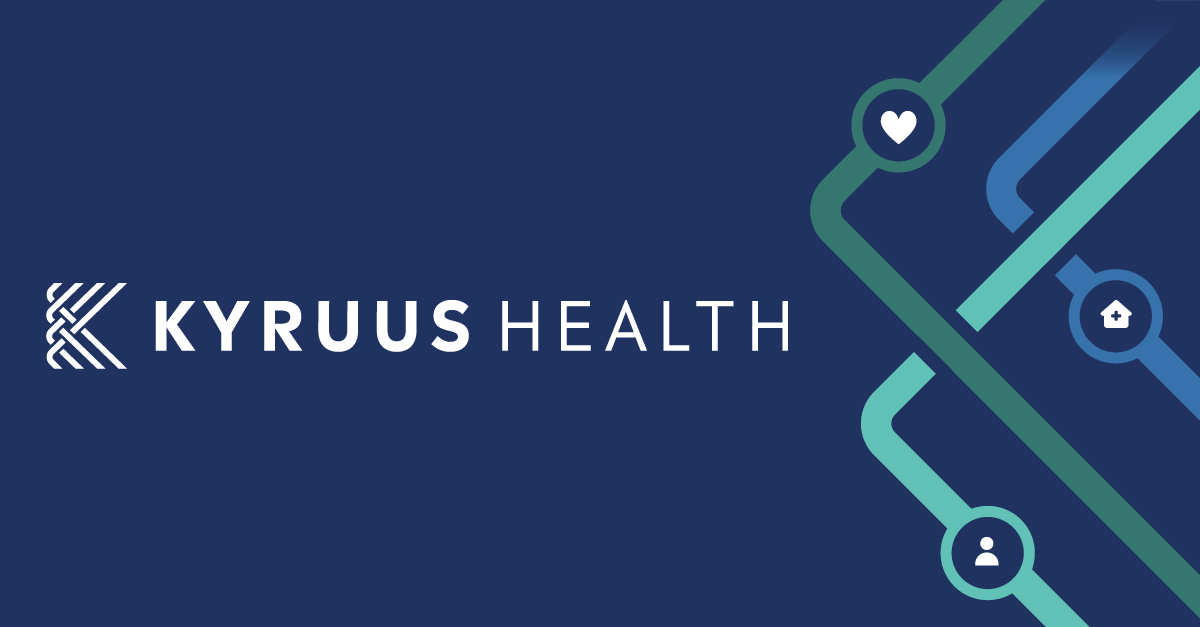You go to a new restaurant for dinner. The food is tasty, but the service is horrible. Chances are you’re probably not going to be a regular at that establishment.
Good customer service isn’t just for restaurants, retail, and banks. Consumers of healthcare are more selective than ever when it comes to who is providing their care. With the rapid emergence of healthcare consumerism, spurred in large part due to contactless care precipitated by the COVID-19 pandemic, patients aren’t stuck with a provider with whom they’re not satisfied.
There are more than 120,000 physician group practices across the United States. Patients, especially those in urban and suburban areas of the United States, have many choices when it comes to healthcare. If they’re very unsatisfied with any part of their care journey, from scheduling an appointment to paying for their treatment, they’re likely to switch to another provider.
Making a Positive Impression
A patient’s visit with his or her provider begins and ends at the front desk. This interaction can set the tone for the entire patient journey. It’s often a medical group’s first chance to make a good – or bad – impression.
Sounds easy enough, right? Make sure your front office staff is friendly and helpful to patients, and along with a high quality of care from the physician, your practice has another satisfied patient.
The problem with this scenario is that it doesn’t take into account all the other tasks for which your front office staff is responsible. Along with patient registration and insurance verification, these team members typically also must schedule appointments, maintain records and accounts, retrieve patient records, collect payments, handle referrals, and much more.
Friendly and efficient front desk operations not only can increase practice revenue but also improve satisfaction for both providers and their staff. That’s why we’ve compiled a list of four ways to enhance the productivity of your front office staff.
1. Conduct Regular Training.
Your front office staff can’t stick to best practices if they’re not aware of them. That’s why you should regularly train them on the steps, policies, and protocols used to run your medical group, ensuring they don’t have to rely on guesswork. Clearly define each staff member’s responsibilities, and provide them with the tools necessary to fulfill them. Some practices utilize a daily checklist.
Another big part of front office staff training is making sure these individuals have good patient-provider communication skills and can accurately set patient expectations. Educate them on the medical group’s financial policies, enabling them to be able to clearly explain them to your patients. Another idea is to document the answers to questions frequently asked by patients, so your front office staff is equipped with the information they need.
2. Implement Online Scheduling
As we discussed in a recent blog, online scheduling offers myriad advantages for healthcare providers, including labor savings, cost reduction, increased patient satisfaction and engagement, improved care management and adherence, and more. It allows front office staff to focus on other high-value activities, helps the practice fill same-day appointments, and prevents overbooking by providing a clear view of available time slots.
In addition to providing patients with convenience through 24/7 access to available appointments, automated scheduling reduces the call volume for front office staff. Patient calls are a big part of front office staff burnout, mainly because they spend about 10 hours per week scheduling and confirming appointments over the telephone.
3. Utilize Appointment Reminders
Manually contacting patients to remind them of an upcoming appointment is certainly time-consuming. It also isn’t an easily scalable process and does little to minimize no-shows and cancellations.
Automated appointment reminders enable providers to communicate with patients using their preferred method, whether that’s a text message, email, or phone call. It can prompt patients to reschedule using a digital health tool instead of just missing their appointment, saving time for both the patient and your front office staff. Plus, your team members can use that extra time to engage with patients in-office.
4. Enable Patients to Check in Digitally.
Automating administrative intake processes with digital check-in lowers the burden on your front office staff. How? It puts documentation in your patients’ hands, thereby streamlining workflows, saving hundreds of staff hours, and reducing data entry errors. Patients can use a personal smartphone or tablet to verify their insurance, sign consent forms and authorization releases, verify or update clinical information, and more, all of which update in real-time with the patient’s electronic health record.
Enabling patients to use this technology also markedly decreases wait times, leading to greater patient satisfaction. Plus, it helps clinicians prepare for a visit sooner, so appointments can be faster and more efficient.
Each of these best practices also aids your front office staff in reducing duplicative processes, mitigating healthcare waste, automating repetitive tasks, and organizing patient data for easier access. They also help to improve the efficiency of your team members without the need for additional staff. Such benefits are especially crucial as the healthcare labor shortage continues.
Schedule a meeting with one of our team members to learn more about how you can increase the productivity of your front office staff!

